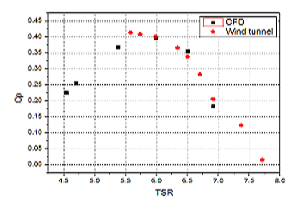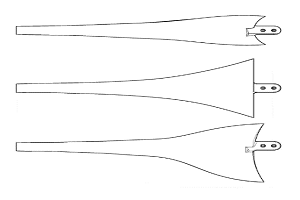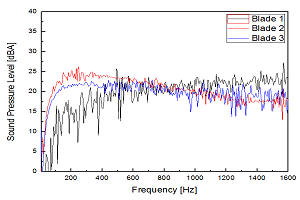
Seungbae Lee
Inha University, South Korea
Title: Noise characteristics of small horizontal wind turbine
Biography
Biography: Seungbae Lee
Abstract
Whistling noise from rotating blades is one of major obstacles to wide-spread application of small wind turbine energy generation for on-grid or off-grid utilization in rural areas. These machines are frequently located close to residents and operate at relatively high rotational speeds. Depending on the Reynolds number at each section of the blade, its aerodynamic performance and noise characteristics varies significantly due to the transitions from laminar to turbulent flows. The aerodynamic performance and noise signatures of three types of blades of a 500W, 1.5 m diameter rotor HAWT were evaluated. ANSYS CFD code and in-house code solving Ffowcs Williams-Hawking (FW-H) equations based on permeable surface are used in this research. The flow simulation is conducted solving the three-dimensional, unsteady, Reynolds-averaged Navier- Stokes equations with a shear-stress transport turbulence model. Based on the time histories of surface pressures and velocity fluctuations by the CFD calculation, the far-field, aero-acoustic propagation is calculated by solving the FW-H equations. The aerodynamic performance and acoustic characteristics for three sets of blades with different chord length and twist angle distributions were simulated and compared in this research. The blade #2 and #3 models showed the similar power performances with the power coefficient of 0.39 while the degraded performance was observed for the blade model #1 model with power coefficient of 0.34. The overall sound pressure levels at the specific observer locations were calculated as 46.36 dB, 46.55 dB and 51.46 dB for blade model #1, #2 and #3, respectively. The current study explained the aero-acoustic performance changes in terms of the rotor blade Reynolds number distributions. The computation of aerodynamics and aero-acoustics for the small wind turbine showed good agreement with experimental data.



